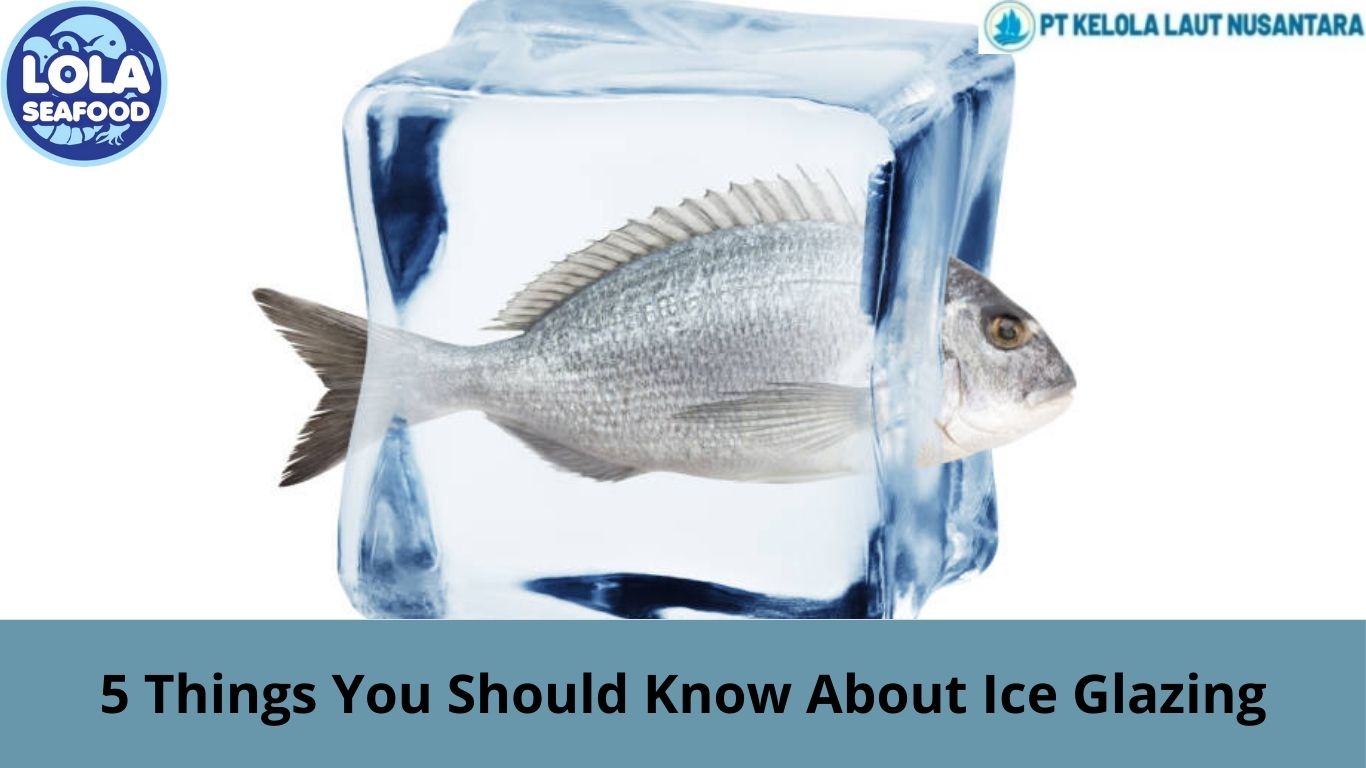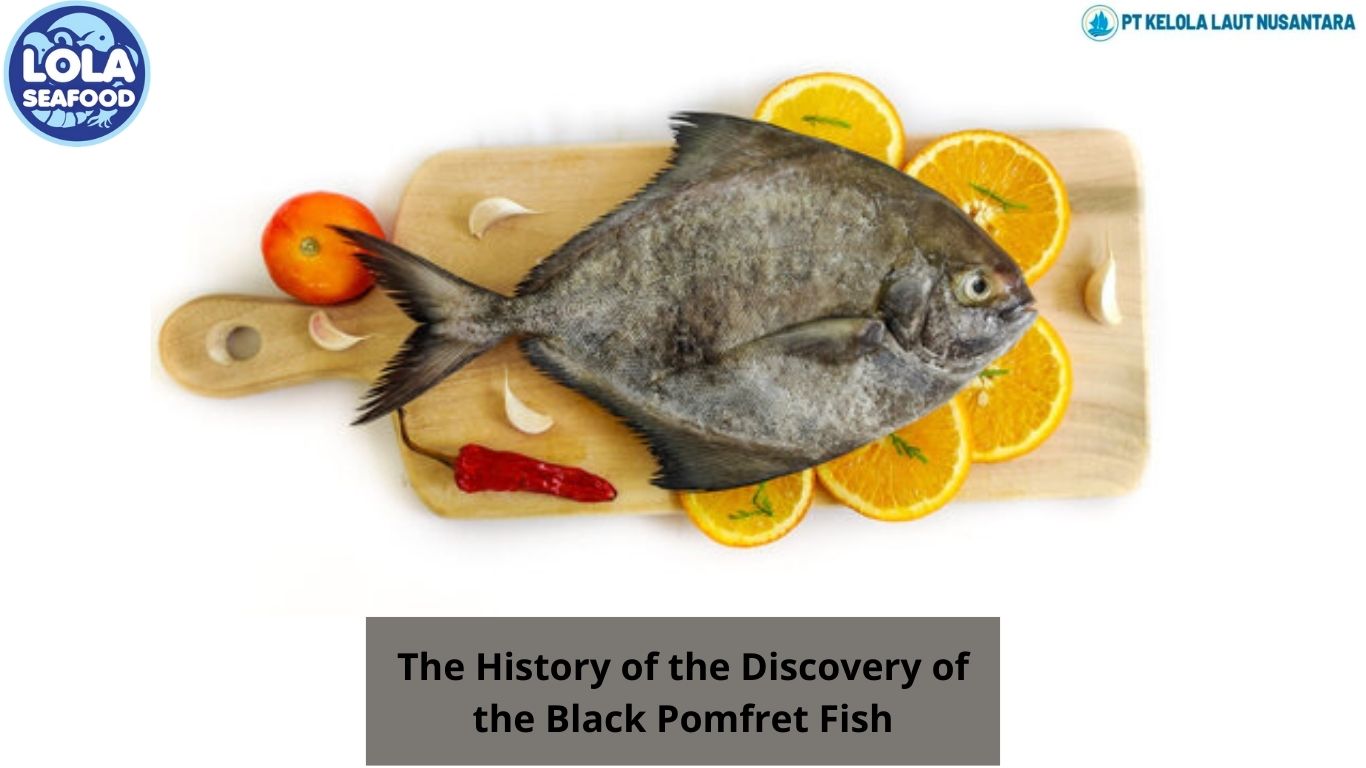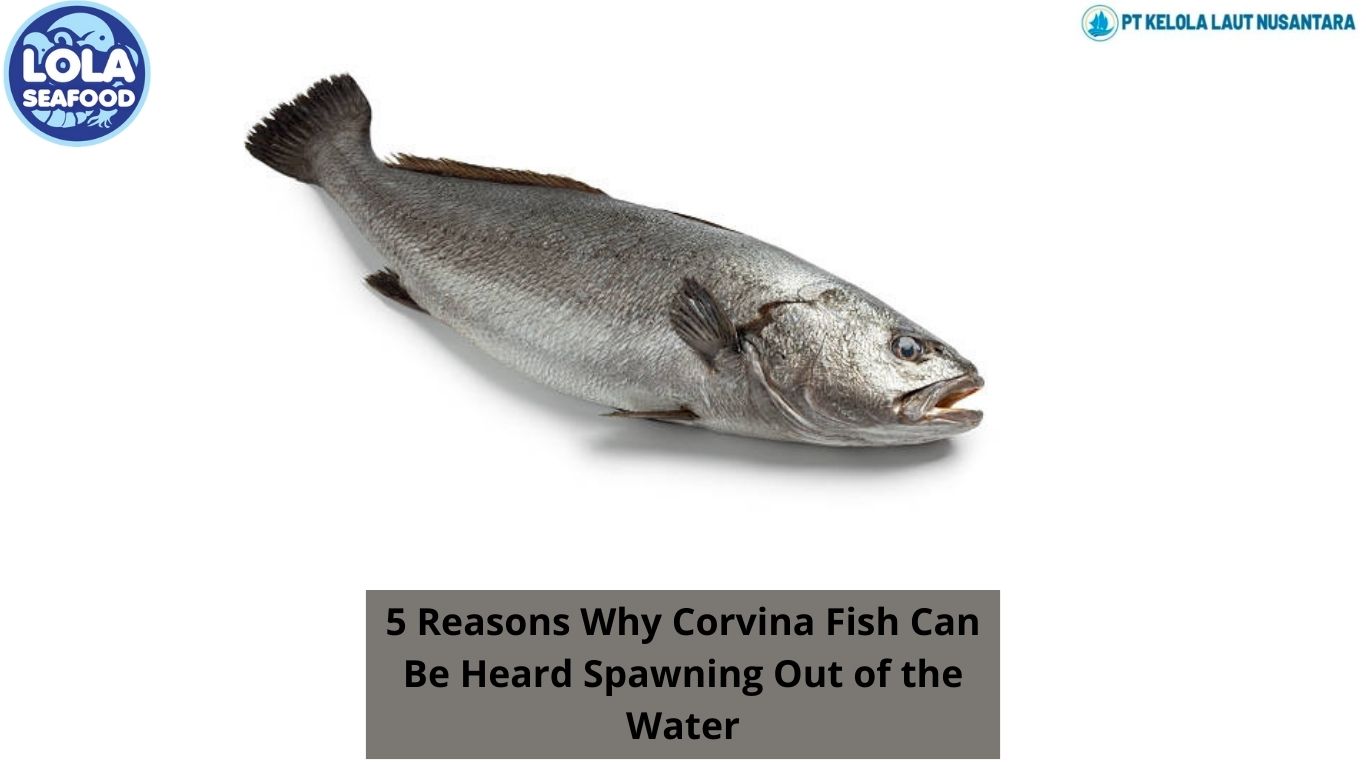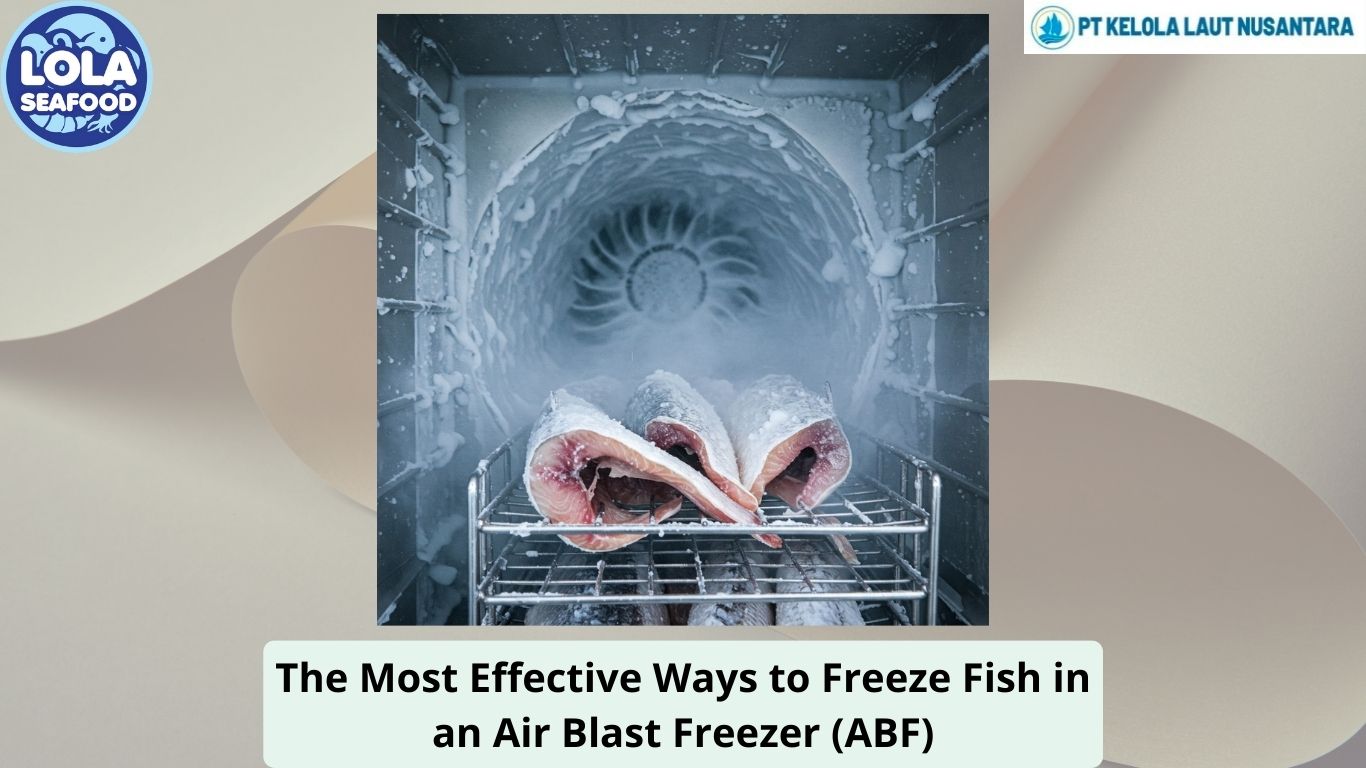5 Things You Should Know About Ice Glazing
By. Ely Kusniawati - 17 Feb 2025
Kelolalaut.com Ice glazing is a common technique used in the food industry to preserve seafood, poultry, and other perishable items. It involves coating the surface of the product with a thin layer of ice to protect it from freezer burn and dehydration. Here are five important things you should know about ice glazing:
1. How Ice Glazing Works
Ice glazing is a process in which food products are quickly dipped in or sprayed with water and then frozen, forming a thin protective ice layer around them. This layer prevents direct contact between the food and air, reducing the risk of oxidation and moisture loss. The glazing process helps maintain the food’s quality, texture, and appearance for an extended period.
2. Benefits of Ice Glazing
One of the biggest advantages of ice glazing is that it preserves the freshness of the product. The ice coating acts as a barrier against freezer burn, which can cause dried-out textures and loss of flavour. Additionally, ice glazing can reduce the need for chemical preservatives, making it a more natural way to extend shelf life. Another benefit is that it helps maintain the nutritional value of the food by preventing excessive dehydration.
3. Commonly Ice-Glazed Foods
Ice glazing is widely used for seafood such as shrimp, fish fillets, and scallops, as these products are particularly vulnerable to freezer burn. Poultry, fruits, and vegetables can also be ice-glazed to retain moisture and freshness during long-term storage. This technique is especially popular in the frozen food industry to ensure that consumers receive high-quality products.
4. Ice Glazing vs. Overglazing
While ice glazing is beneficial, overglazing can be a concern. Some manufacturers apply excessive ice layers to increase the product’s weight, leading to misleading packaging. Overglazing can result in customers paying for more ice rather than the actual food. To avoid this, consumers should check product labels for the net weight of the food without the ice glaze.
5. Proper Storage and Handling
To maximize the effectiveness of ice glazing, it is essential to store the food properly. Ice-glazed products should be kept at a consistent freezing temperature (-18°C or 0°F) to maintain the protective ice layer. If the ice melts and refreezes, it can lead to uneven coverage and compromise the food’s quality. When preparing ice-glazed foods, it is recommended to thaw them gradually in the refrigerator to prevent moisture loss.
Ice glazing is an effective method to preserve food quality, especially for seafood and poultry. Understanding its benefits, applications, and potential downsides can help consumers make informed purchasing decisions. By storing and handling ice-glazed products correctly, you can enjoy fresh and flavourful food while minimizing waste.
If youre interested in our Grouper Fillet Skinless, Grouper Black Dotted Whole Round, and Grouper Fillet Portion Cut please do not hesitate to contact us through email and/or whatsapp








